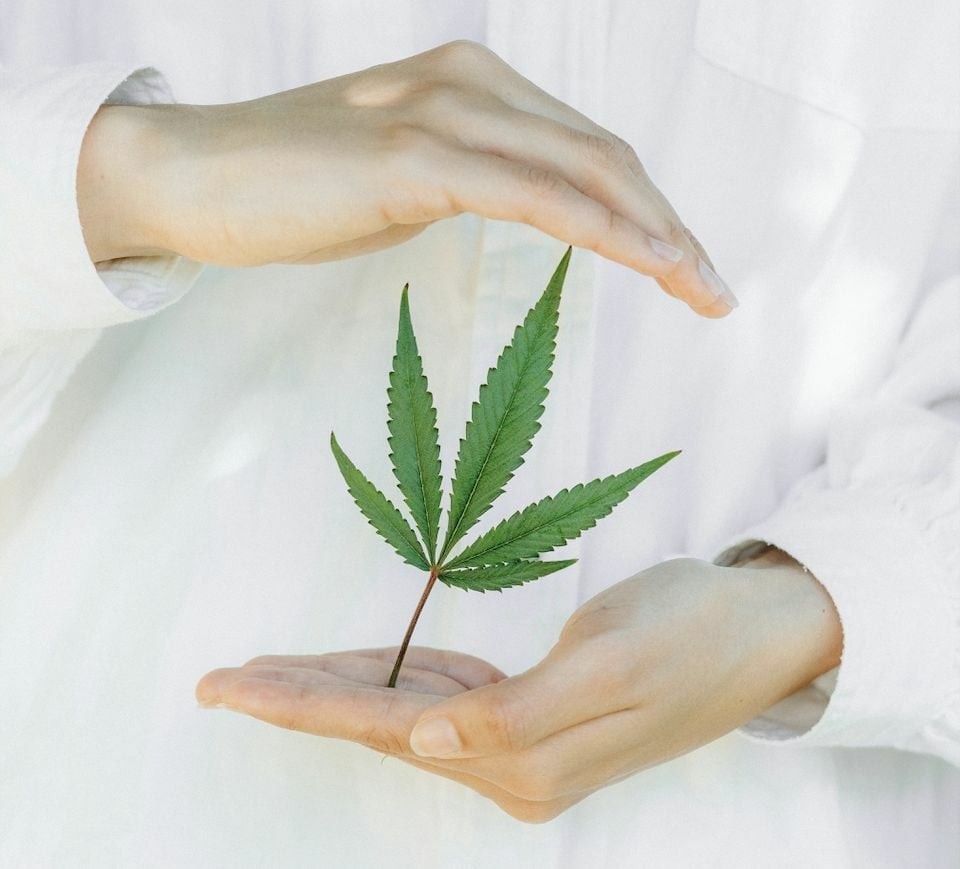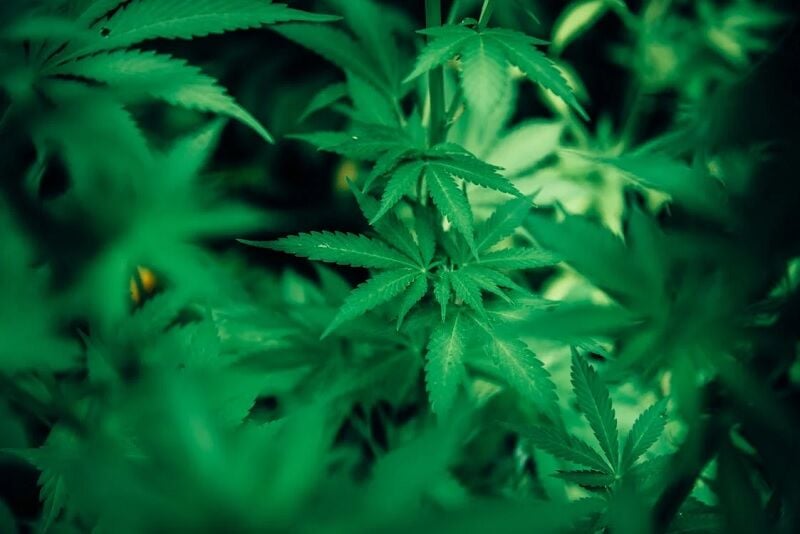Tips and tricks for new cannabis users

Navigating the expanding world of cannabis can feel like treading uncharted waters, especially with the surge of new research, changing legislation, and shifting cultural norms. Today, 34 states have given the green light to medical cannabis and 12 states, including Massachusetts, have opened the door for adult recreational use. With the horizon of federal legalisation looming, it’s clear: we’re witnessing a cannabis revolution.
However, years of misinformation may have painted a skewed image of cannabis, leading many to view it as harmful. It’s time to debunk these myths and approach this burgeoning industry with an open mind and a thirst for knowledge.
Understanding cannabis basics
Diving into your journey of understanding cannabis, let’s start by throwing light on some of its fundamentals. It’s important to understand different aspects of cannabis to benefit from it and navigate it responsibly, especially in places like Thailand where cannabis regulations are becoming more accepting.
Common terms and definitions
In your pursuit to familiarise yourself with cannabis, you’ll bump into some regular jargon. It helps to know these terms to engage in informed conversations or make wise decisions. Here are some staples:
-
THC (Tetrahydrocannabinol): It’s the primary psychoactive component found in cannabis responsible for inducing the ‘high’.
-
CBD (Cannabidiol): Another component found in cannabis, CBD doesn’t trigger a high like THC. Instead, it interacts with different receptors in the brain. Several studies indicate the potential benefits of CBD for varying forms of anxiety.
-
Strains: They’re variations within the plant species, embodying distinct levels of THC, CBD, and other components, leading to unique effects and flavours.
-
Dispensary: It’s a retail store where you can purchase cannabis in states or regions where its distribution is legal.
Different types of cannabis
When you delve into the world of cannabis, you’ll notice it’s not a homogenous entity. Predominantly, you’ll encounter three types of cannabis plants: Cannabis Sativa, Cannabis Indica, and Cannabis Ruderalis. Each type carries unique traits that determine varying effects on the user. For instance, Sativa-dominant strains generally stimulate energy and creativity, while Indica-dominant strains often induce relaxation or even drowsiness.
Additionally, a critical revelation you’ll come upon is the principle of hybridisation. No, it’s not a bizarre science experiment but a piece of knowledge from the growers. As part of cultivation efforts, cannabis strains intermingle to yield ‘hybrids’, encompassing a wider array of effects and flavours to cater to diverse audiences.
Legal considerations for cannabis use

Knowing your local laws
Studying your local laws is paramount if you’re new to cannabis. Even though cannabis is legal for adults in certain jurisdictions, it’s not the case everywhere. Check the legality in your locality, taking into account specifics about personal use, public use, and personal cultivation. In some cases, rules tend to vary based on where one lives, even within the same country. For example, in Thailand, cannabis is legal under certain constraints.
Importance of purchasing from licensed dispensaries
When procuring cannabis, it’s critical to purchase from licensed dispensaries. These entities ensure that what you’re getting is safe, well-regulated, and compliant with local laws. Purchasing from elsewhere can not only put you at risk legally but also compromise your health and safety due to unregulated products. For instance, in some places, cannabis retailers may even struggle to accept credit card services due to complexities in obtaining simple financial accounts, driven by the existing legal landscape. Therefore, always consult with your local budtender and don’t hesitate to ask questions about product safety and effects. As a newbie, knowing what to expect from different types of products can help guide your cannabis use responsibly. Remember, responsible use is key, even if your primary reason for taking cannabis is recreational.
Methods of consuming cannabis

Cannabis consumption spans a spectrum of methods, each garnering unique physiological reactions and catering to diverse personal preferences. Harness this guide to delve into the essential methods and discover which might be your ideal choice.
Smoking vs. vaping
Smoking is the traditional method of cannabis ingestion, typically involving rolled joints, pipes, or blunts. The act of burning cannabis releases THC and other cannabinoids instantly, inducing immediate effects. Smoking, however, like other combustion-based activities, does come with potential health considerations, such as lung irritation.
Vaping, a modern alternative to smoking, heats cannabis without combustion, creating a vapour that is inhaled instead of smoke. Whether used with flowers or concentrates, vaping holds the upper hand for its perceived reduction in harmful byproducts. However, note that the predictability of effects falls short compared to more traditional methods like having a drink or a spritz. Hence, it’s smart to ground your vaping journey in informed decisions, aided by guidance from experienced personnel like budtenders.
Edibles and tinctures
If smoking or vaping is not your preferred choice, perhaps consider diving into the array of cannabis-infused edibles and tinctures. Be it gummies, cookies, or teas, edibles morph cannabis consumption into a discreet, smoke-free experience. But, the quest for discretion must be trodden with caution. Serving sizes of edibles vary significantly, and the time to witness effects is typically delayed, making it easy to bite off more than you can chew. Capitalise on patience and pay heed to THC content per serving.
Tinctures operate on a similar premise, intended for oral ingestion. Administered sublingually with a dropper, they foster rapid absorption and discretion. Again, the adage holds: take the cautious path; you can always consume more, not less.
Topicals and other forms
Stepping beyond smoking, vaping, edibles, and tinctures unveils more novel forms like topicals (lotions, balms), enabling localized relief without cognitive alterations. Other emerging formats encompass transdermal patches and sprays, enriching the cannabis landscape with varied consumption modes.
As you navigate uncharted territories, remember: that safety is the key goal. Steer clear of home-made products, unable to assure precise THC content. Opt instead for state-licensed dispensaries for trustworthy products. Balance enjoyment with mindfulness, particularly if you are new to cannabis.
Starting your cannabis journey

Starting low and going slow
Embrace the mantra Start Low and Go Slow. Cannabis affects everyone differently, so a moderate approach wins you the best experience. Begin with a small amount of cannabis, especially when it comes to edibles. For a beginner, the ideal dosage ranges between 2.5 and 5 milligrams. You might find yourself dividing your edible into halves or quarters initially, or you might choose to take fewer sips of a cannabis-infused beverage. Resist the urge to consume more immediately, since the effects aren’t instant but gradual. After consuming, wait a few minutes, and assess your feelings before proceeding to have more. This cautionary principle applies to vapes and topicals as well. For instance, while using cannabis-infused lotions, start with a dime-sized amount, and increase only if necessary.
The modern cannabis plant is significantly more potent than its 1970s counterpart. If you’re not accustomed to today’s weed, you might inadvertently consume too much, assuming it’s equivalent to the old version. Overconsumption can potentially trigger unwanted consequences, including severe anxiety attacks or medical conditions like cardiac arrhythmias, syncope, and even cannabis hyperemesis syndrome – an uncontrolled vomiting reaction. Therefore, it’s crucial to understand your tolerance level, especially with homemade edibles, accidental overconsumption is common. At all times, prioritise your safety – keep your dosage moderate and increase gradually if need be.
Safety tips for new users
To ensure a safe and enjoyable experience for first-time cannabis users in Thailand or elsewhere, it’s important to have on board a few key safety guidelines. Remember: knowledge is power, so let’s get started.
Avoid mixing with other substances
When you’re new to cannabis, it’s not a time to be adventurous and try mixing substances. Mixing with substances like alcohol, for example, can cause an amplified reaction that may be too intense, particularly for a novice user. It’s as if you’ve jumped the queue and are trying to tackle an expert-level hurdle when you’re still at the beginner stage. Hold off on combining until you’re more accustomed to how your body reacts to cannabis alone.
Understanding dosing and potency
A crucial step when you’re starting with cannabis is understanding dosing and potency. And it helps to keep in mind that taking cannabis is not a race. Start low, go slow. The amount of THC, the compound that’s mostly responsible for the ‘high’, can vary greatly between different strains and forms of cannabis. A little can go a long way, especially with high-THC strains.
Low doses are recommended to start with, and you can increase slowly over time. Patience is your friend here: wait for at least two hours before you decide to take more, as effects can take time to fully establish. Reading product labels will also help you understand the potency and provide guidance on appropriate doses.
Remember, cannabis can be enjoyed safely, particularly when you put your own well-being first. So, start low, go slow, and enjoy the journey.
You can also check out the significant cannabis intake by teens in Thailand and abroad. Cannabis consumption globally has become a topic of interest with the recent rise in its use among teenagers. The changing legal status of cannabis in Thailand prompts us to query the implications for teen demographics.
Latest Thailand News
Follow The Thaiger on Google News:


























